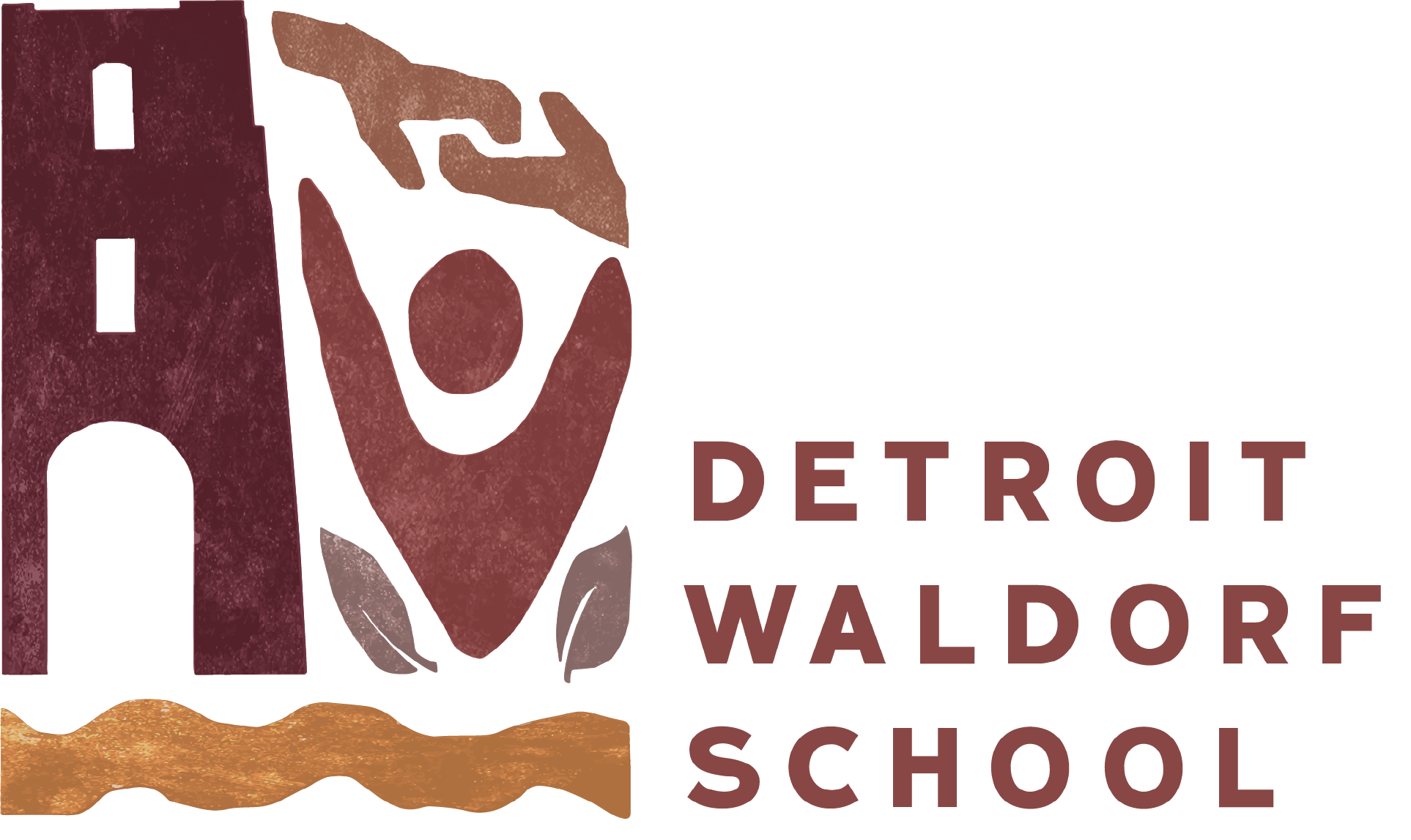Taking Waldorf Education Home
How Detroit Waldorf School classes are adapting to remote learning during the coronavirus pandemic.
It’s been six weeks and counting since the Stay at Home mandate from Michigan Governor Gretchen Whitmer closed schools to protect public health during the COVID-19 pandemic. As a Waldorf school devoted to a pedagogy that focuses on hands-on, experiential and immersive learning to stimulate creativity and promote imagination, learning at home and through video or online experiences is not exactly what we had in mind.
But in an effort to meet the demands of our time, that is exactly what we’re doing – and with great success for teachers and students alike. While we miss our community of smiles and hugs, we know this is where we need to be until it is safe once again to gather together.
We began by packing up materials, crayons, handwork, blackboards, chalk, beeswax, instruments, main lesson books and anything else students might need to transition to learning at home. Parents picked up these packages in March to start transitioning to at-home learning.
Second-grade teacher Ursula Lord says, “We wanted to provide a structure that is similar to the rhythm in the classroom because the children recognize it and it’s part of them; they can follow it pretty independently.”
Ms. Lord’s classroom follows a schedule which begins with a morning greeting, morning movement, main lesson, and then snack and break. After that, the children engage in two periods of skills development, followed by recess and lunch.
The afternoon focuses on activities with the hands, like crafts, beeswax or handwork, instrument-playing and the like. The children finish the day with a final recess outside for an hour.
Ms. Lord sent home that schedule as well as worksheets for students to work on. She invited students and class families to contact her via email, text or even a phone call with questions.
And in the first two weeks of distance learning, Ms. Lord called each student to touch base with them and their family to see how they were transitioning to this new normal.
One of the earliest assignments she asked children to do during this time was to write letters to classmates. She provided an envelope and a name of the child to whom they needed to write. Now, Ms. Lord is writing letters to the children as well.
Many families are faced now with the challenge of parents working at home while also having to administer lessons for young children, says Ms. Lord.
“We do not want to create a demand so taxing on the parents that they now have to fulfill the role of a teacher,” she says. “We are cognizant and concerned about potential overload for parents.”
Thus, DWS teachers have created a situation where parents can “be a facilitator,” and children can utilize materials that were sent home to fulfill classroom lessons.
Eventually, Ms. Lord set up a Google Classroom for second grade, where she posts daily lessons and audio recordings of stories.
In keeping with the Waldorf philosophy, Ms. Lord says, “Our work is to continue to present assignments in an artistic way, while keeping them more visually and instructionally simple, so as not to overload the children, while helping them engage more independently.”
Since second-graders are demonstrating emerging-to-early fluent reading skills, some worksheets feature pages of sight words, which the children copy and read and play various Word Hunt games. For one assignment, Ms. Lord asked them to create a crossword puzzle using vocabulary words.
She also sent books home and asked children to read to their parents; in addition to two classroom readers, every student received at least one or two books at their reading level and above.
Other assignments might ask students to find words within the book that begin with a particular letter or include a particular digraph or blend and make a list.
“These are activities that continue to help them build their reading skills,” Ms. Lord says.
There are math worksheets, too, that review math facts and math processes, with story problems to follow.
Second-graders receive weekly Math Quests, interactive activities that engage them in math learning without being necessarily relegated to a desk or table. Children learn to interpret and solve equations independently, journeying through their home environment.
Ultimately, Ms. Lord is seeing “how strongly this rhythm really lives in the children and how healthy and necessary it is.”
It is fortunate that this shutdown is happening later in the school year, when the children are more established in their routine and comfortable with the flow of learning.
Ursula Lord - Detroit Waldorf Teacher
“It is a matter of breathing in and breathing out--we do and we rest,” Ms. Lord says.
“And in the doing of the activities or the lessons, there is a rhythm. The children embody it already and what they are asking us for is to supply those activities so they can perform that rhythm.”
While many life-affirming lessons may come out of this unusual time, we are realizing that one of the greatest lessons for our classrooms and our community is how important it is to develop healthy rhythms and routines throughout our days.









